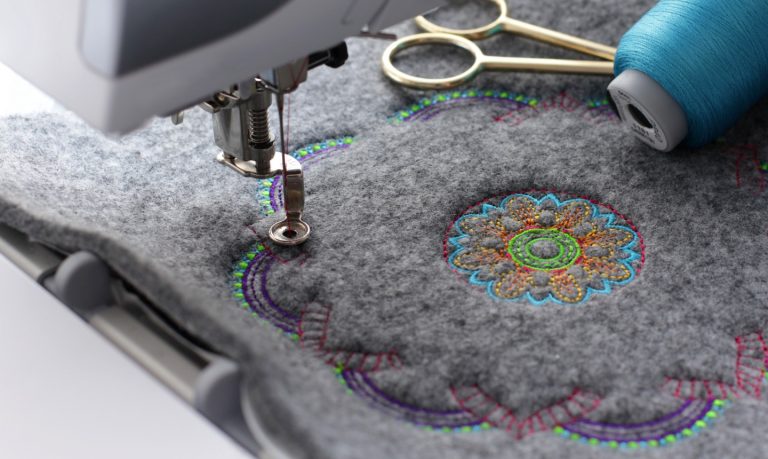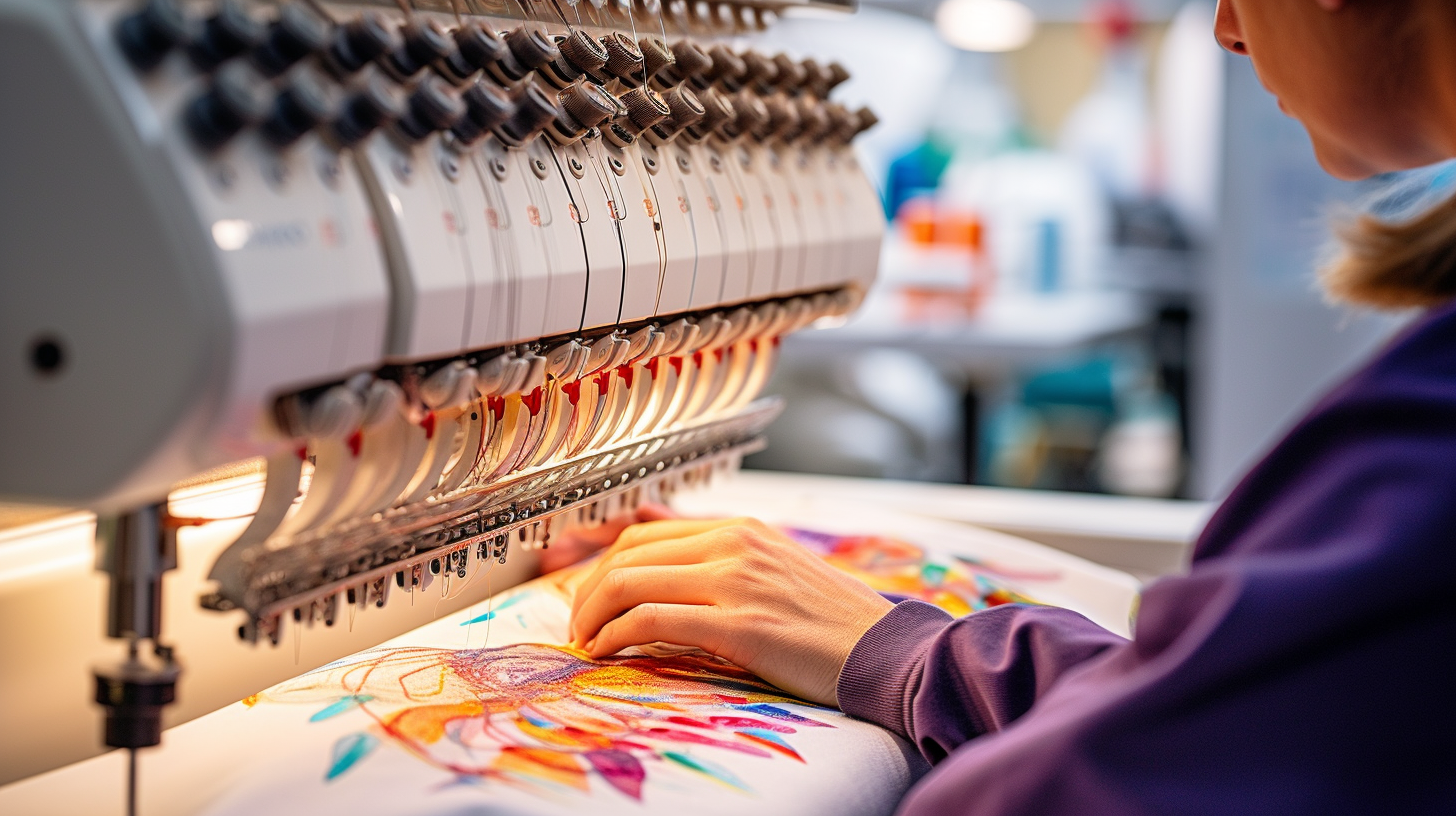Trusted Digitizing for Embroidery: Trusted by Experts
Wiki Article
Understanding the Embroidery Digitizing Process: Your Ultimate Guide
Needlework digitizing is a thorough craft that requires precision and proficiency to convert elaborate layouts right into electronic styles for device embroidery. As artisans begin on this trip to grasp the embroidery digitizing process, a thorough understanding of the fundamentals sets the foundation for quality.
Comprehending Needlework Digitizing Basics
Embroidery digitizing essentials form the foundation whereupon complex designs are translated into machine-readable layouts for specific stitching. This first action in the needlework digitizing process is crucial for making sure that the last embroidered item is a devoted representation of the original style. Recognizing embroidery digitizing essentials entails realizing essential principles such as stitch kinds, sew instructions, thickness, rug, and pull payment.Sew types play a crucial function in identifying the aesthetic and textural outcome of the stitched style. By picking the suitable stitch kind, whether it be satin, fill, or running stitch, digitizers can achieve the preferred result and enhance the general quality of the needlework. Additionally, stitch direction affects the flow and measurement of the design, while thickness determines the spacing and insurance coverage of the stitches.
In addition, underlay stitching offers stability to the style by securing the fabric and stopping distortion during the embroidery process. Pull payment is another vital factor to consider to neutralize the natural tendency of textile to contract when sewn. Mastering these needlework digitizing fundamentals is essential for developing professional-quality stitched products.
Picking the Right Digitizing Software Application
Picking the ideal digitizing software program is a vital decision that substantially impacts the efficiency and quality of the embroidery digitizing procedure. Digitizing for Embroidery. When selecting the ideal digitizing software, it is important to take into consideration factors such as the complexity of styles you intend to create, the user-friendliness of the software program, the level of customer support provided, and the compatibility with your embroidery makerThere are different digitizing software application options offered on the market, ranging from fundamental programs for newbies to advanced software program for specialist digitizers. Some prominent choices include Wilcom EmbroideryStudio, Hatch Embroidery Software, and PulseID. These software plans supply a vast array of tools and functions to assist you create complex styles with simplicity.
Prior to choosing, it is advisable to check out the various software choices via cost-free trials or demonstrations to figure out which one best matches your needs. Additionally, reviewing testimonials and looking for recommendations from his response experienced digitizers can supply valuable insights right into the strengths and weak points of each software bundle (Digitizing for Embroidery). By very carefully examining your needs and comparing the functions of different digitizing software program, you can make an enlightened selection that enhances your needlework digitizing process
Digitizing Tools and Techniques

Optimizing Layout Settings for Embroidery
Understanding the ins and outs of style settings is basic in accomplishing ideal outcomes in the embroidery digitizing process, structure upon the structure laid by understanding digitizing tools and methods. When maximizing design settings for embroidery, it is essential to take into consideration elements such as stitch type, thickness, underlay, draw compensation, and enrollment. Registration settings line up various components of the design accurately, preserving general layout honesty.
Troubleshooting Common Digitizing Issues
When experiencing usual digitizing problems throughout the needlework procedure, it is necessary to understand the origin and implement efficient options promptly. One typical problem is stitch density problems, where stitches might be also dense, causing the textile to tighten, or too thin, bring about voids in the layout. Adjusting the stitch thickness setups in the digitizing software can aid resolve this concern.An additional constant obstacle is thread breaks throughout the needlework procedure. This can happen as a result of different factors Recommended Site such as inaccurate tension settings, dull needles, or making use of low-grade thread. Ensuring correct maintenance of the embroidery machine, including routine needle adjustments and stress adjustments, can decrease the occurrence of thread breaks.
Additionally, design registration errors can lead to misaligned elements within the embroidery layout. Checking the design positioning in the digitizing software and making needed modifications before sewing can help in avoiding this problem. By attending to these common digitizing concerns without delay and properly, you can guarantee a smoother embroidery procedure and high-grade ended up products.
Conclusion
Finally, mastering the embroidery digitizing procedure calls for a strong understanding of the essentials, the appropriate option of software application, and understanding of devices and techniques. Optimizing layout setups and fixing typical digitizing problems are essential actions in ensuring top quality embroidery results. By complying with these steps faithfully, one can attain precision and performance in the digitizing process.Report this wiki page